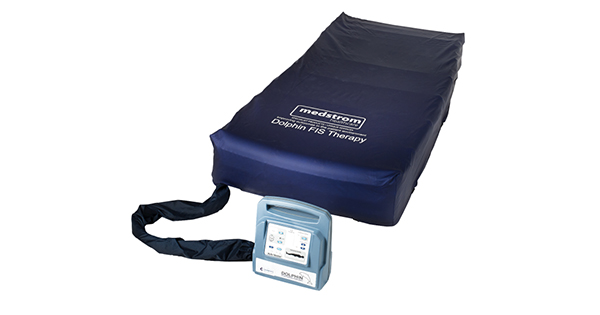Prosthesis satisfaction rates in patients with lower limb amputation have been reported to be as low as 43% (Dillingham et al, 2001). Follow-up studies of prosthesis-related complications have consistently demonstrated hyperhidrosis and subsequent complications as a common complaint among amputees. This paper presents four cases of traumatic bilateral lower limb amputees where botulinum toxin serotype A (BTX-A) was used to control residual limb hyperhidrosis. The patients were all satisfied with their reduction in residual limb sweating and expressed interest in obtaining future BTX-A treatment.






